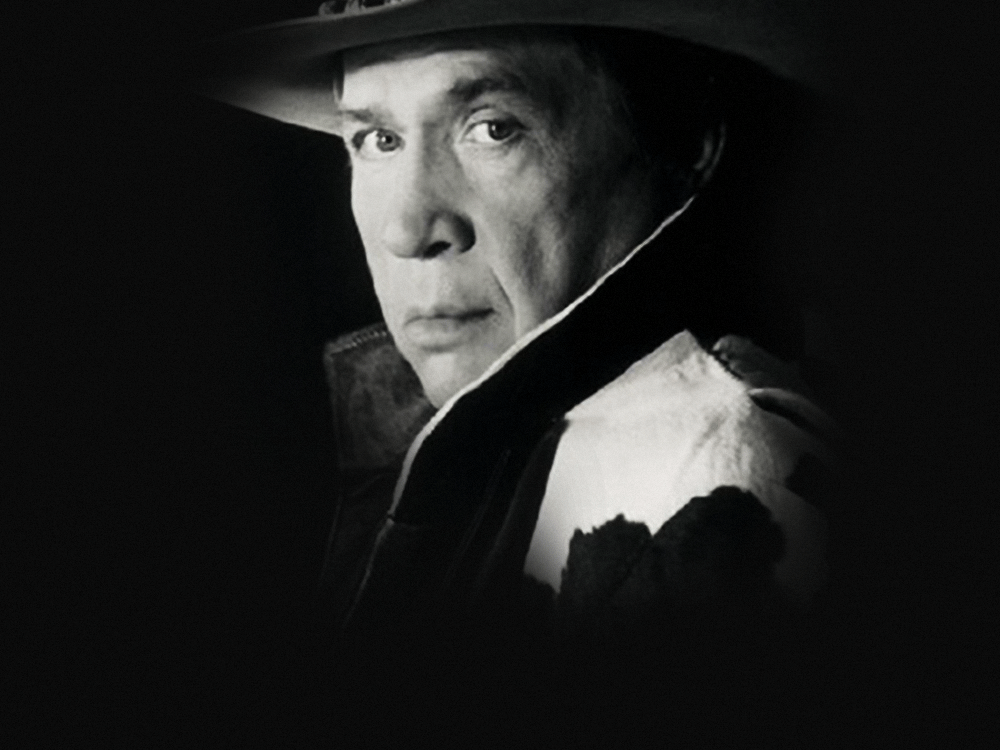
A Lonely Heart Learns to Sing in the Shadows of Another’s Spotlight
When Buck Owens released “Second Fiddle” in 1959, it marked more than just his debut on the Billboard country charts—it signaled the emergence of a voice that would come to define the Bakersfield sound and reshape the landscape of country music. The song, modest in its chart performance (peaking at No. 24 on Billboard’s Hot Country Songs chart), found its home on his self-titled debut album, Buck Owens, released the following year. Though not an immediate smash, “Second Fiddle” quietly laid the emotional and stylistic foundation for a career that would see Owens rise as one of country music’s most influential architects.
At its core, “Second Fiddle” is a lament—not only of unrequited love but of emotional displacement. The metaphor is immediate and cutting: the narrator compares himself to a secondary instrument, always playing behind someone else’s melody. In choosing this image, Owens communicates a feeling familiar to anyone who has stood in the wings while another basks in affection’s spotlight. The fiddle, traditionally a lead voice in country music’s instrumental ensemble, is here relegated to accompaniment—still vital, still heard, but never quite center stage.
This was no accident. The lyrics are simple and direct, yet they resonate with profound clarity: “I’m just your second fiddle / Do you think I’m wrong?” There is no veiled symbolism or abstract poetry here—just raw, plainspoken sorrow filtered through Owens’s nasally timbre and twang-laced phrasing. His vocal delivery carries an ache that feels lived-in, suggesting perhaps that the young artist understood rejection not only in love but also in life and profession.
Musically, “Second Fiddle” straddles a transitional moment in country history. While Nashville was deepening its orchestral ambitions under producers like Chet Atkins, Owens was beginning to sketch out what would become an alternative path—the sharper, stripped-back twang of Bakersfield. The song isn’t yet fully within that sonic identity; it bears some of the smoother textures of late-’50s country-pop. Still, one can hear in its walking bass lines and restrained steel guitar flourishes the seeds of something grittier and more grounded—a refusal to polish away heartbreak’s honest grain.
As part of Owens’s early discography, “Second Fiddle” doesn’t roar with confidence; it murmurs with vulnerability. And that makes it all the more essential. It reflects a moment before stardom fully set in—a man unsure if his song would ever truly be heard above the din. That tension between longing and self-effacement would remain a theme throughout his work, but never again with quite the same youthful humility.
In retrospect, “Second Fiddle” stands not just as an introduction to Buck Owens but as an emblem of every soul consigned to play harmony while yearning for melody. Its enduring ache reminds us that sometimes the most profound truths are found not in triumph, but in quiet resignation—and that even second fiddles have their day when played with sincerity.